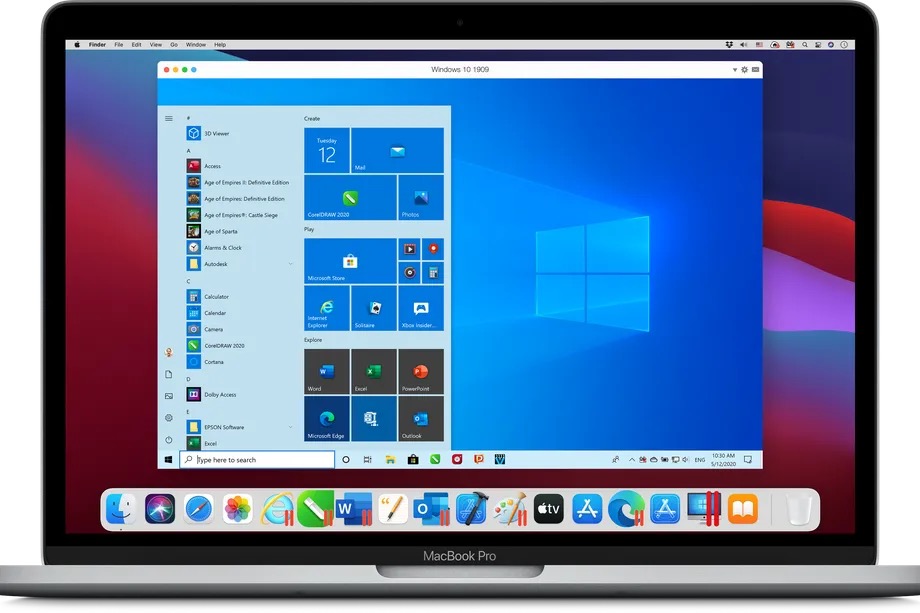WineI don't agree with this assessment. While there may be several other options for Mac users who need to run windows apps, none of them are as convenient, easy-to-use, and as performant as Parallels. Your average non-technical Joe certainly isn't going to try and run their Windows apps in AWS. Heck, I've got two CS degrees and I wouldn't even bother doing that. Why bother when for a few dollars and a few clicks you can be done with Parallels? Same thing with probably the most popular 'free' VM s/w option, VirtualBox. While not hard to install and set up, it's way more onerous than Parallels. And Parallels runs rings around VB in terms of performance.
I feel a bit bad for Parallels: they've got an excellent product, but with Apple's shift to M1, it's going to be pretty hard for them. Emulating x86 on ARM's got to be much slower than on x86. Don't know how they can ameliorate that except to implement, in ARM, Windows' device layer? There used to be an open source product called vine (does that still exist) that basically did that at the application API layer I think.

Wine (software) - Wikipedia
not sure if it will work on M1



